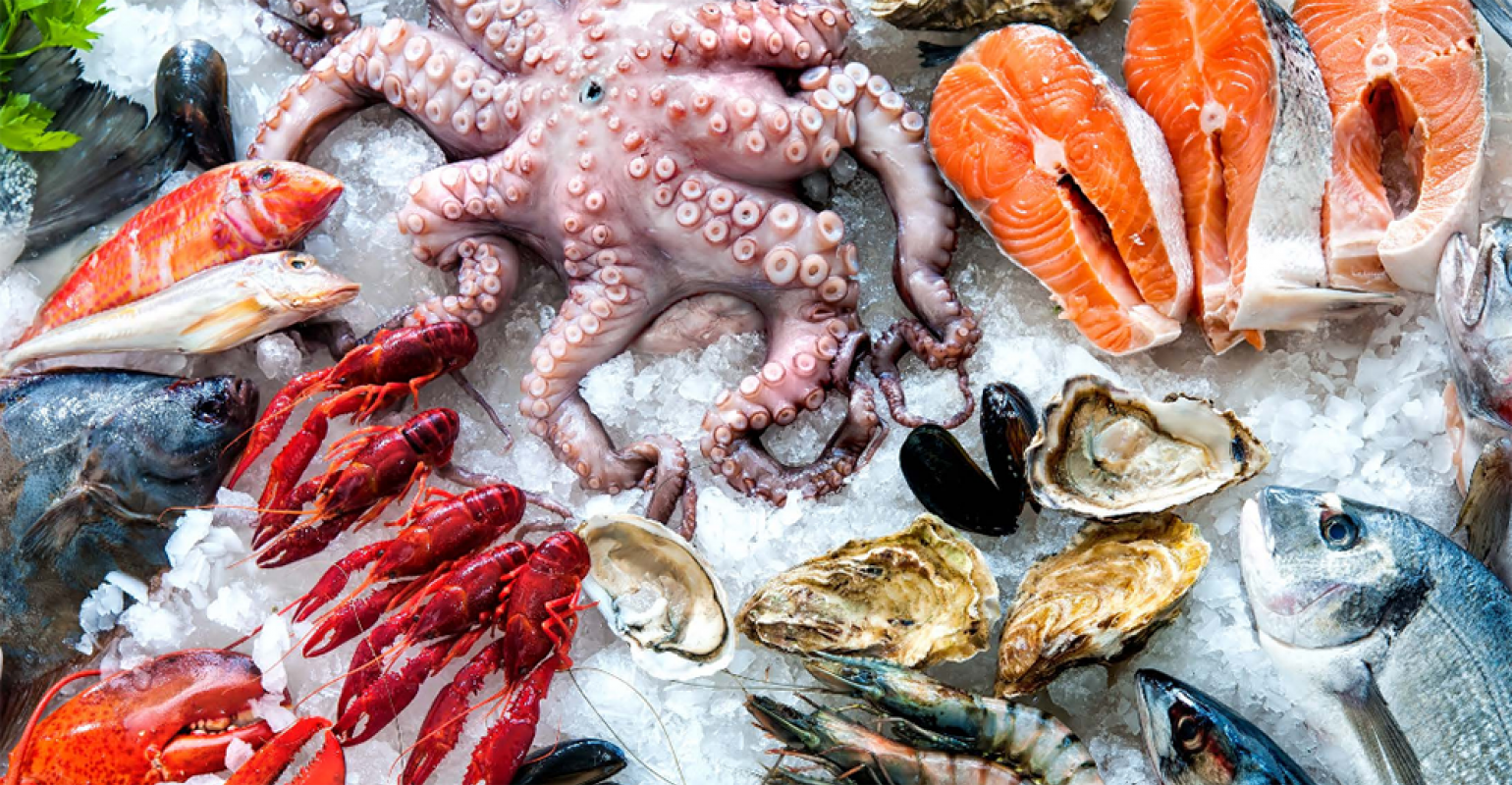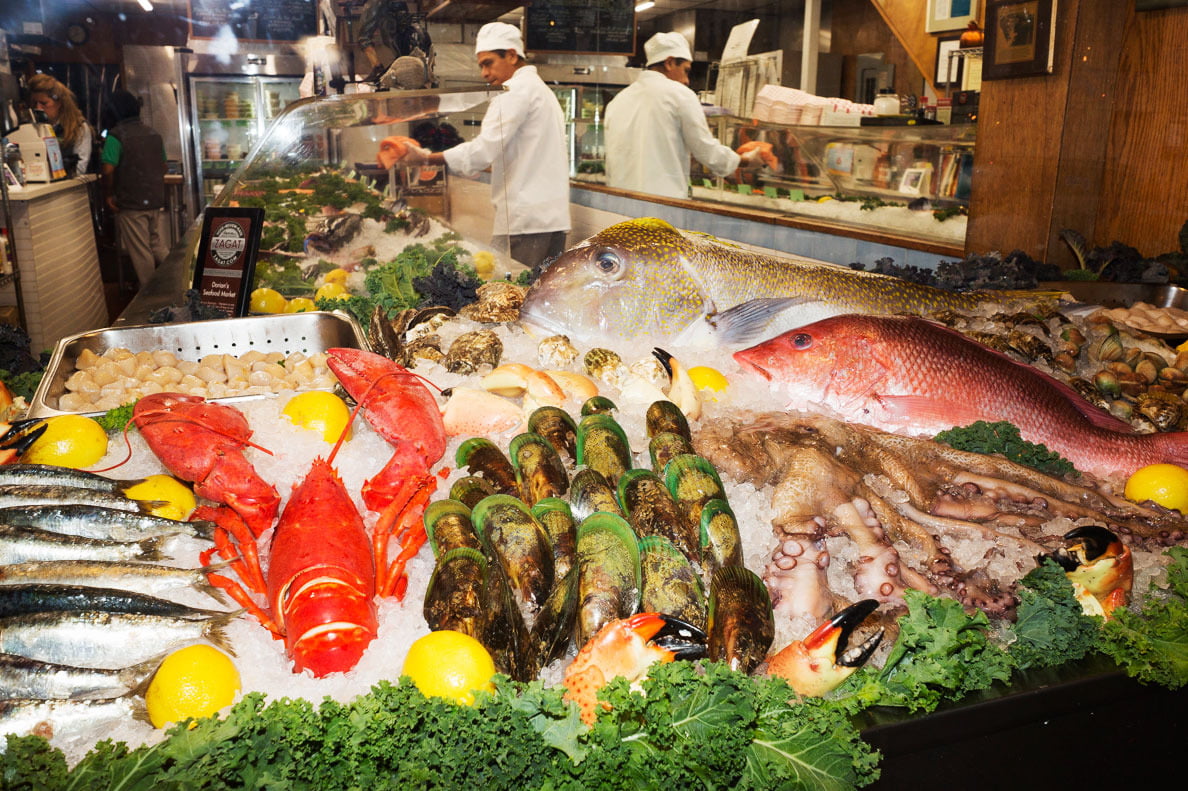Jared Auerbach is enthusiastic about fishing.
The Newton native grew up near a lake. However, he had restricted revel in the ocean, handiest going out on a constitution boat a handful of instances at some point in his youth. Still, he said that he had dreamed of catching fish, eating them, and feeding his family for aas long as he could remember. After graduating from college in Colorado, Auerbach found his way onto an industrial fishing boat in Alaska and decided to examine the whole thing he could see approximately the industry — and he’s in no way come back.
In 2008, Auerbach founded Red’s Best, which sells daily catches and pays fishermen a price in step with the pound based totally on the marketplace. The fulfillment of Red’s, which is headquartered on Boston’s Fish Pier and has a retail keep at the Boston Public Market, has partly been attributed to the agency’s traceability technology. This net-based software program tracks each catch and offers customers statistics on the day-by-day haul, from in which the fish had been stuck and who they were caught to, as well as information on approximately every species. The era is also available to the fisherman. It helps them preserve tune in their fishing quota mandated by the Magnuson–Stevens Fishery Conservation and Management Act. The latter’s tenets also encompass protecting fish habitats and fishery resources, selling fishing, and conservation concepts.
For the common consumer shopping for fish for the week, it may be hard to know whether you’re making sustainable seafood choices. Among waxing poetic about the fishing enterprise and his love of the Boston Harbor, Auerbach shared a number of his pointers on shopping for the exceptional viable piece of fish at your local marketplace.

1. Ask, “What must I consume?”
For Auerbach, the first — and arguably handiest — question you need to invite while shopping for nearby seafood is: “What must I devour?”
According to Auerbach, allowing the fishmonger, who is aware of exactly what has come in that day and from whom, to make your purchase manually will result in consumers paying a better charge for a first-class product.
“If you go to our store, we hope you will decide on what your fish will be when you get there, no longer before you get there,” he stated. “You depend upon Mother Nature to guide that. The world’s best fishermen don’t recognize what they will trap once they exit to seize it. That’s the romance. That’s the draw.”
2. Don’t permit a charge to define your buy.
Auerbach talks a lot about supply and demand, the day-to-day puzzle he and his crew are continuously looking to resolve by matching their fishermen’s supply with demands throughout the United States. It’s. Additionally, he asked what defines how many fish expenses there are, and he said you shouldn’t pay much interest on it.
“Often, the demand is skewed,” he stated. “There’s a demand for matters people think they want, such things as halibut or Chilean sea bass.”
For a long time, Auerbach said he tried to explain why underutilized fish—species like skate, redfish, and mackerel, regularly dubbed “trash fish”—have been priced so much lower than excessive-call-for fish like salmon, cod, swordfish, and tuna.
“WhaI found out the biological shelf life is the commonplace denominator,” he defined. “If you and I cross fishing on Boston Harbor and we catch striped bass and a mackerel simultaneously, that mackerel will become worse lots faster than the striped bass, specifically if you mishandle it.”
Technology has extended that mackerel’s shelf life; however, 50 years ago, Auerbach stated that wasn’t the case. He believed it created a customer bias towards fish with an extended herbal shelf existence, leading many customers to see some fish as more precious than others. He encourages shoppers to stop equating a better price factor with higher quality fish.
“Just buy what’s plentiful, and neighborhood and cheaper, and the world might be awesome,” Auerbach said.
3. Be bendy together with your dinner plans
Is the fish you had in your thoughts unavailable when you get to the market? Don’t completely scrap your dinner plans.
Auerbach is working to convince customers that their move-to seafood recipes can be flexible. He pointed to the relationship between Harvard University Dining Services and Red’s Best as evidence.
“For years, we had been running with Harvard on tweaking the food gadget so that Harvard should promote nearby fish,” he said, explaining how, while overfishing became a more accepted issue, larger establishments like Harvard used to request mass quantities of a specific fish months earlier. “When we stopped overfishing, we misplaced the capacity to [fulfill those requests] with nearby fish. So that supply chain was givenced by substitutes from abroad like Alaskan cod, farmed salmon, shrimp, tilapia.”
But Harvard didn’t need to use tilapia or farmed fish. They also needed fixed prices and the capacity to print menus ahead of time. So, in 2015, the two worked together to create a “Catch of the Week” program, wherein Harvard buys a set amount of fish, but Red’s Best can pick out exactly what it gets.
“Their thoughts have been opened,” Auerbach said. “Four years later, they’re promoting dogfish, skate, redfish, scruff, all these objects you’d by no means assume a university would be capable of handling. The chefs love it.”
And, he said, consumers can learn how to find it irresistible, too.
“Haddock or hake? Come on, the same recipe,” he said.



